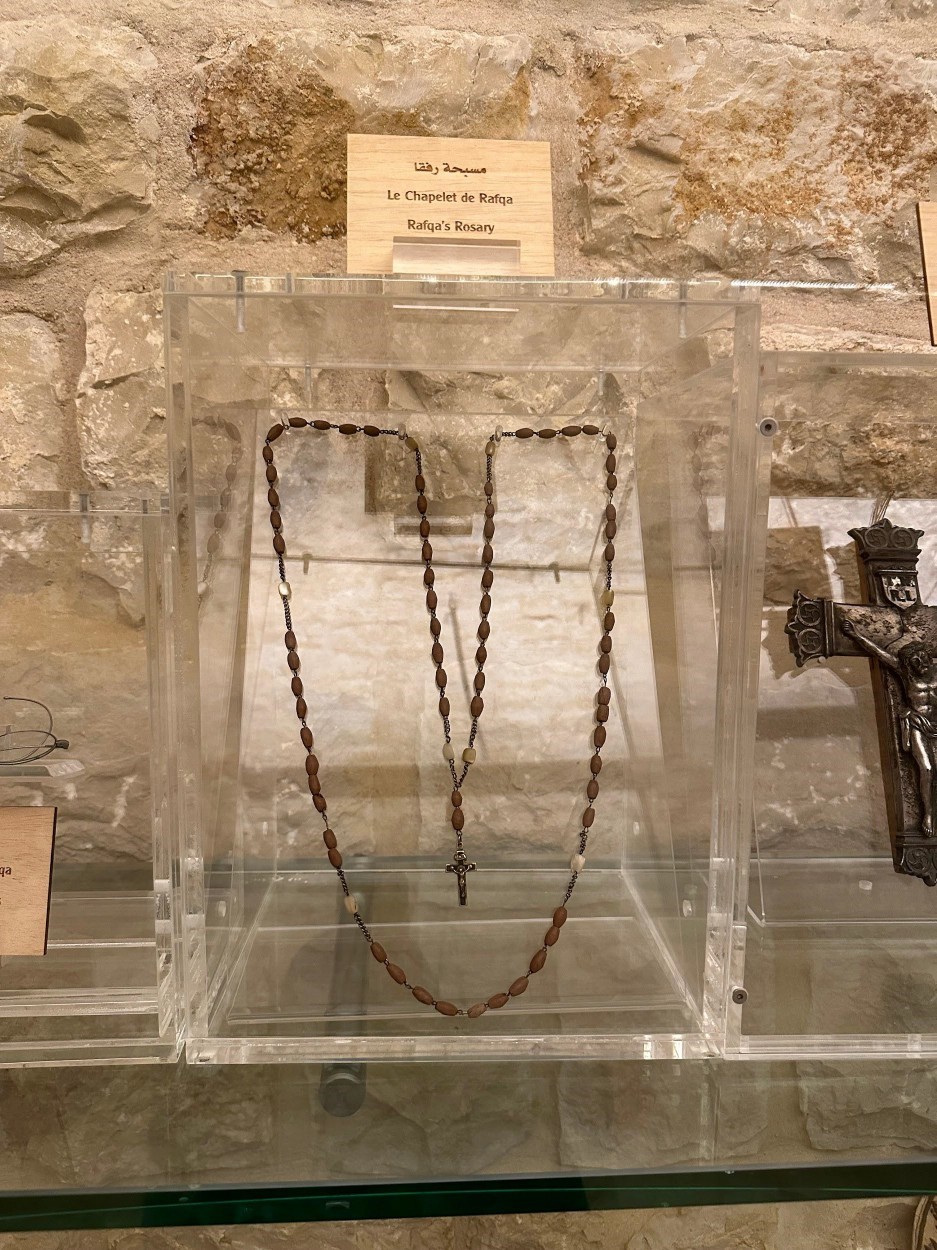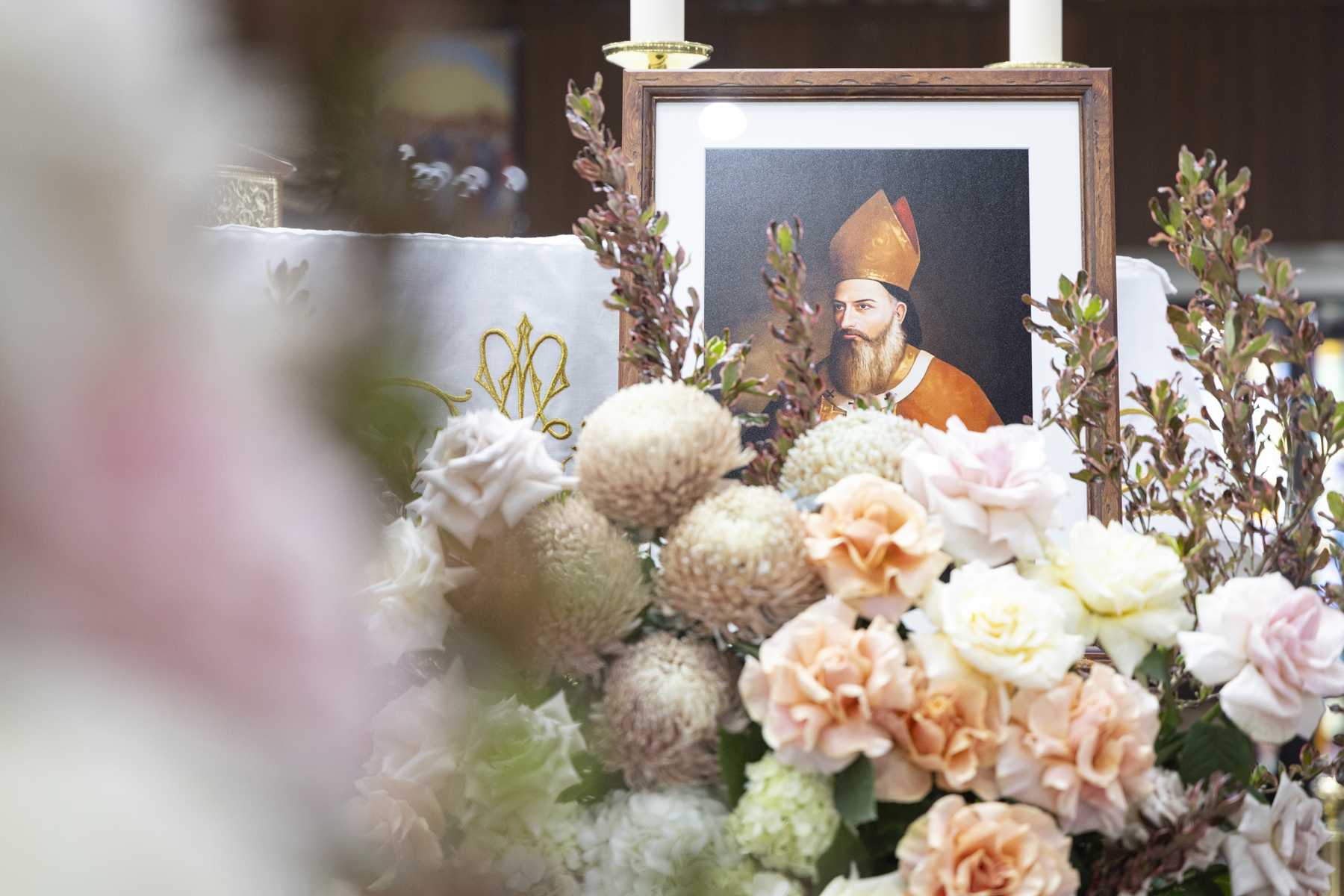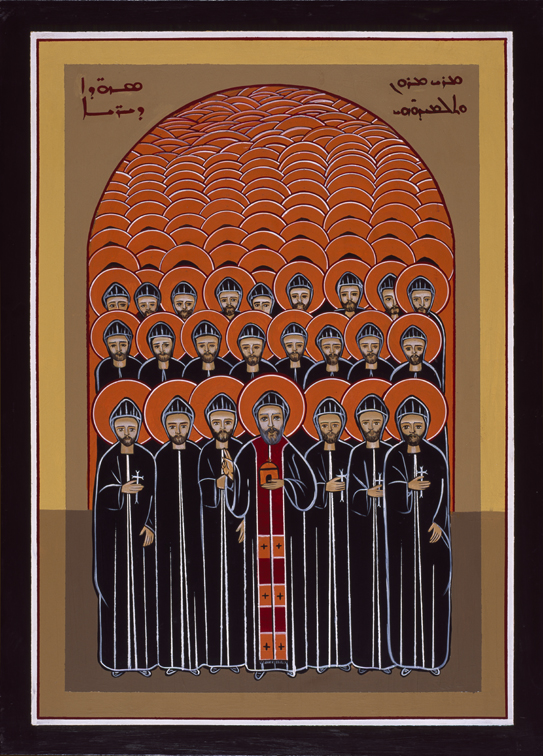
Throughout the year, we eagerly await October, the month of the Holy Rosary, and wish it would never end. It is the month when the Universal Catholic Church unites in asking for the intercession of Our Lady through the prayer of the Holy Rosary, seeking her help with our daily needs.
Earlier this year, one of our own Maronite Patriarchs, Mar Estephan Douaihy, was beatified. In his writings, he reflects on Mary as a source of God’s hope and grace in our lives.
“He made His mother like a channel of mercy and a spring of life, so that through her, He would pour out His goodness and blessings on all thirsty souls,” the beatified patriarch wrote.
As Maronites, we take pride in our faith and in prayer. The Divine Liturgy is the main source of our spirituality and understanding of the faith. Naturally, the rosary becomes our favourite and most important prayer after the Divine Liturgy.
Although the rosary does not have Maronite origins, it has become one of the most powerful and influential forms of prayer in our tradition. It is believed that as early as 1580, the Blessed Rosary was introduced to Lebanon, where the Maronites were taught this beautiful prayer that reflects on the life of Our Lady, her Son Jesus Christ, and the mystery of faith and salvation.
From that moment on, the rosary became an anchor in the everyday lives of the Maronites, especially in times of hardship and suffering, in war, persecution, illness, or death, when we have turned to Our Blessed Mother to help and intercede on our behalf.
Stories passed down through generations tell of Lebanese soldiers praying the Rosary in churches before going out to defend their faith.
This stands as a powerful testament to how powerful and influential the rosary truly is in the lives of the Maronites that, even when outnumbered in battle, they looked to their spiritual mother for guidance and protection.
We only need to look to our own Maronite saints, Charbel, Rafqa, and Nehmetallah, who all had a strong devotion to Our Lady through the rosary.
St Nehmetallah prayed the rosary daily and recited the angelus each time he entered and exited his room.
St Charbel, the “Miracle Monk of Lebanon,” prayed the rosary faithfully with his family as a child, and later as a monk, while working in the fields or on his knees in church.
St Rafqa is almost always depicted holding her rosary beads in her hands.
In Lebanon, it is common to witness processions moving from village to village, church to church, and shrine to shrine in honour of Our Lady. These processions often include an icon or statue of the Blessed Virgin, with people praying the Rosary and singing Marian hymns.
The word for procession in Arabic, Ziyah, is derived from the Aramaic word Zouyoho, meaning to move or shift from one place to another.
This tradition has been passed down through generations in Lebanon, and now, 12,218 km away, to us here in Australia.
During October, the churches in the Maronite Eparchy of Australia come to resemble those in Lebanon.
Parishes organise prayerful processions between churches, especially to Marian parishes such as Our Lady of Lebanon Co-Cathedral in Harris Park, where parishioners walk through the surrounding streets, singing hymns of praise to Our Lady and praying the rosary.
In this Year of Prayer, Pope Francis calls us “to rediscover the great value and absolute necessity of prayer—in our personal lives, in the life of the church, and in the world.”
Whether you are a mother, father, university student, teacher, construction worker, or grocery store employee, you are called to spread the love of the Blessed Virgin Mary to everyone around you.
Especially in these times of crisis and war in our world, we must turn to our mother and pray the Holy Rosary, the greatest weapon in our spiritual arsenal against evil. May Mary keep us all.
Antonious Tarrazi is the Vice Coordinator of UniMaronite, an intervarsity movement that helps tertiary students grow in their Maronite faith. He is also the admin of the Instagram page, @rosary_together.
Photo Credit: A Rosary used by Saint Rafqa, displayed at the convent of St Joseph in Jrebta, Lebanon. Photo: Supplied




